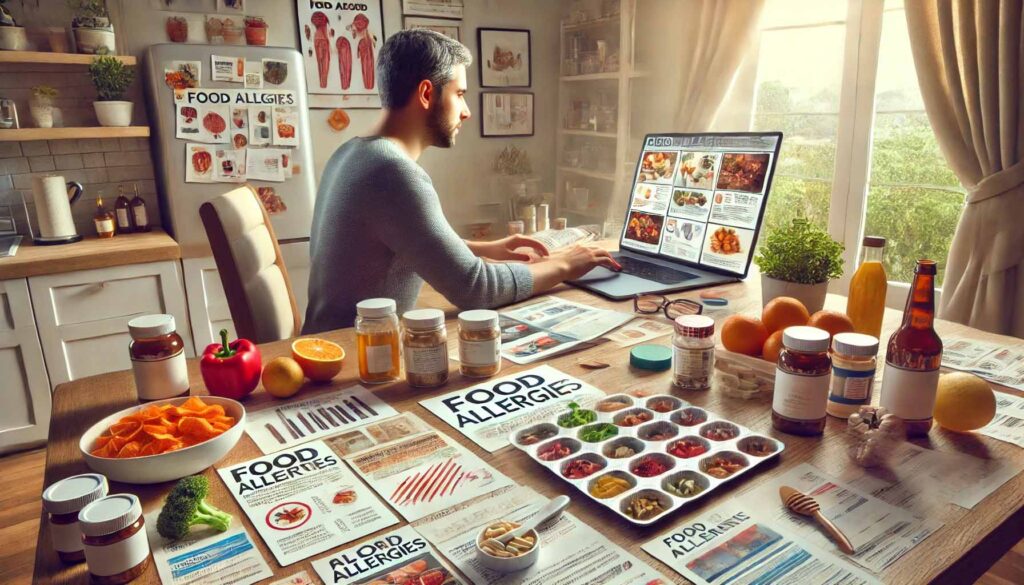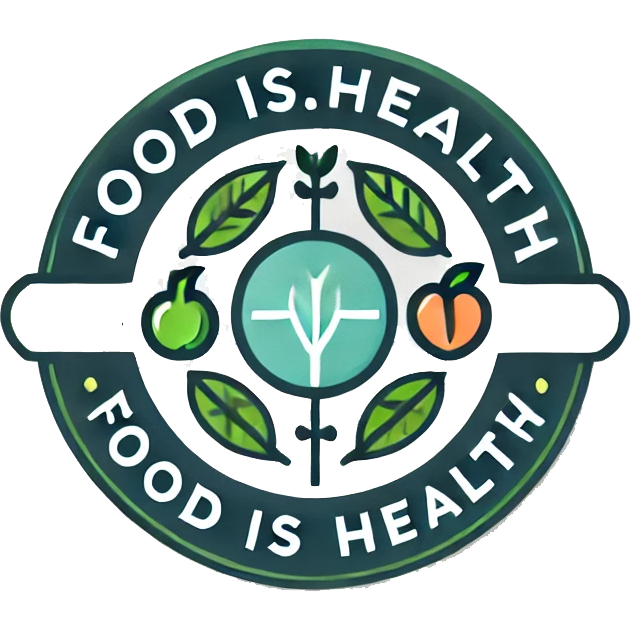Dining out with a child who has a severe peanut allergy can feel like a challenge, but with the right precautions, you can enjoy a safe and stress-free experience. Here’s a guide to help you make informed decisions and keep your child safe when eating out.

Understanding the Risks of Peanut Allergies
Peanut allergies are among the most common food allergies in children, and they can be very serious. Even a small amount of peanut can cause a life-threatening allergic reaction called anaphylaxis. Symptoms of a peanut allergy can include swelling, difficulty breathing, hives, vomiting, or even a drop in blood pressure. Because of the severity of peanut allergies, dining out requires careful planning and attention to detail to avoid cross-contamination or accidental exposure to peanuts.
1. Choose the Right Restaurant
Not all restaurants are equally safe for people with peanut allergies. Here are some things to consider when selecting a place to eat:
- Research allergy-friendly restaurants: Some restaurants are known for their commitment to food allergy safety. Chains like Chipotle, Red Robin, and Chick-fil-A are often praised for their allergy awareness and training.
- Call ahead: Before heading out, call the restaurant and ask if they can accommodate peanut allergies. Speaking directly with the chef or manager is important, as they will be responsible for preparing the food.
- Avoid Asian cuisine: Many Asian restaurants, especially Thai and Chinese, use peanuts or peanut oil in their dishes. If your child has a peanut allergy, it might be best to skip these types of restaurants unless they specifically advertise that they can accommodate allergies.
2. Communicate Clearly with the Staff
Once you arrive at the restaurant, communication is key to ensuring your child’s safety. Here’s how to make sure the staff understands your needs:
- Speak to the manager and the chef: Politely inform both the manager and the chef about your child’s peanut allergy. Ask if they can prepare food in a peanut-free environment. Make it clear that cross-contamination must be avoided.
- Ask specific questions: Some useful questions include:
- Does the restaurant use peanut oil in any dishes?
- How do they prevent cross-contamination in the kitchen (such as using separate cutting boards, utensils, and cooking areas)?
- Can they substitute ingredients if necessary to avoid peanuts?
- Double-check with your server: When your food arrives, don’t hesitate to ask your server to confirm that the dish was prepared in a peanut-free environment.
3. Bring Your Own Food, If Necessary
While some restaurants are very accommodating, others may not be able to guarantee a peanut-free meal. If this is the case, bringing your own food might be the safest option. Some restaurants allow customers to bring outside food for children with allergies, especially if it’s medically necessary. When you call ahead, ask if this is possible.
Additionally, packing snacks or safe treats for your child can prevent the temptation to eat something unsafe while waiting for food at the restaurant.
4. Educate Your Child and Family Members
If your child is old enough, it’s important to involve them in understanding their peanut allergy and how to stay safe. Make sure they know:
- Not to accept food from anyone other than you or the restaurant staff.
- To speak up if they feel any symptoms of an allergic reaction, no matter how small.
- The importance of hand washing after touching shared surfaces in the restaurant.
You can also help family members and friends understand the severity of the allergy, so they can support you in maintaining a peanut-free environment while dining out.
5. Be Aware of Cross-Contamination
Cross-contamination occurs when a small amount of an allergen (in this case, peanuts) accidentally gets into food that should be safe. This can happen when:
- The same utensils or cooking surfaces are used for different dishes.
- Food is fried in shared oil, which may have been used to cook peanut-containing foods.
- Waitstaff unknowingly touch peanut-containing foods and then serve your dish.
To reduce the risk of cross-contamination:
- Ask the restaurant if they use dedicated kitchen tools for allergy-safe meals.
- Request that your child’s meal be cooked on a clean surface, using utensils that haven’t touched peanuts.
- Avoid shared appetizers or buffet-style meals, where cross-contamination is more likely.
6. Always Carry an Epinephrine Auto-Injector
No matter how carefully you plan, accidents can happen. It’s essential to carry an epinephrine auto-injector (commonly known by the brand name EpiPen) whenever you dine out. Epinephrine can quickly reverse the symptoms of a severe allergic reaction, and having it on hand could save your child’s life.
Make sure you know how to use the auto-injector and ensure that it’s not expired. Inform your family members, friends, or anyone who might be dining with you about how to use the injector as well. It’s also helpful to identify where the nearest hospital or medical center is, just in case.
7. Order Simple, Whole Foods
When possible, order simple dishes that are less likely to contain hidden peanut ingredients. For example, grilled meats, steamed vegetables, and baked potatoes are often safe options. Complex dishes with sauces, dressings, or marinades may contain hidden peanut products or be prepared in ways that increase the risk of cross-contamination.
If in doubt, ask for a plain version of the dish without sauces or toppings. Most restaurants are happy to accommodate these types of requests.
8. Bring an Allergy Card
Some parents find it helpful to bring an allergy card that lists the details of their child’s allergy. You can hand this card to the manager, chef, or server, ensuring there’s no confusion. Allergy cards can also be useful when traveling abroad, where there may be language barriers. You can find templates for allergy cards online, or you can create a custom one with the specific details of your child’s peanut allergy.
Conclusion: Enjoying a Safe Dining Experience
Dining out with a child who has a peanut allergy can feel overwhelming, but with careful planning and clear communication, you can enjoy a safe and pleasant experience. Choosing the right restaurant, educating your child, and being proactive about cross-contamination are all key steps to ensuring a smooth meal. And remember, always carry an epinephrine auto-injector in case of emergencies.
By following these precautions, you can help your child feel more comfortable and confident dining out, knowing they are safe from harmful peanut exposure.
Make sure to check out more articles in our News & Views section. Feel free to reach out any time to collaborate with Food Is Health on projects which help people heal through natural food & nutrition.
Organic vs Conventional Food | Food Preservatives & Additives | Anti-Inflammatory Diets | Gut Health & Probiotics | Plant-Based Diets | Detox Diets & Cleanses | Food Allergies & Sensitivities Functional Foods | Sustainable Eating & Food Waste | Ag Related Topics | Popular Topics
